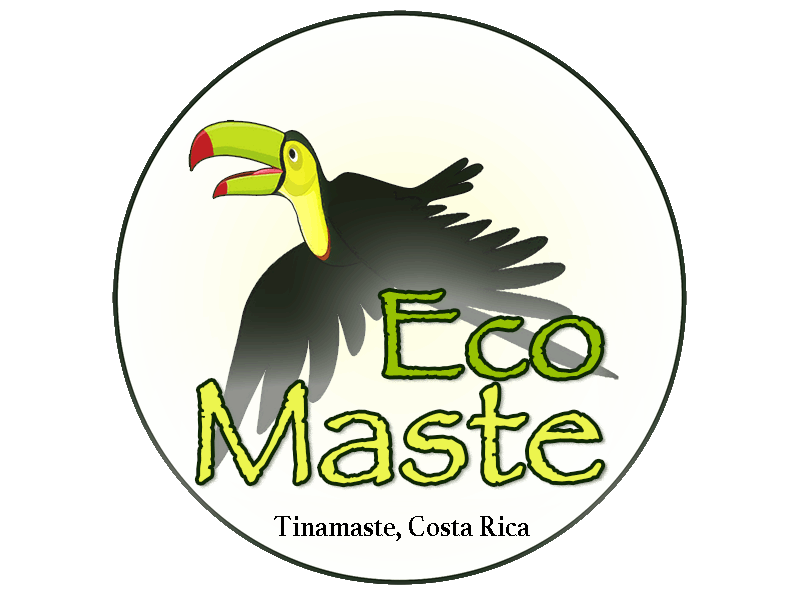top of page

EcoMaste is engaging, participating, and making a difference.
BLOG
Welcome to our blog. We invite you to read our posts and feel free to leave a few comments! Your feed back is much appreciated. Thank you for taking the time to learn about Natural Building and a little bit more of what we are up to at our sanctuary. If you have any questions or would like to connect directly, please send us an email at info@ecomaste.com
Wholeness, Much Love, and Pura Vida.
bottom of page















